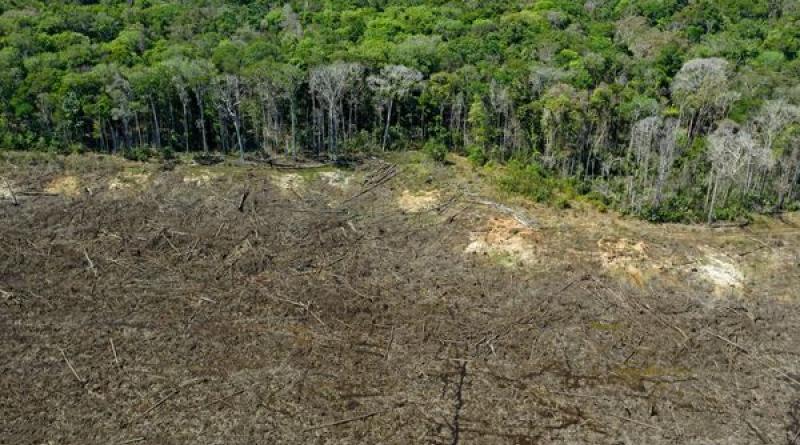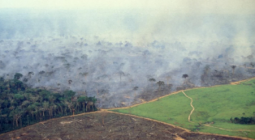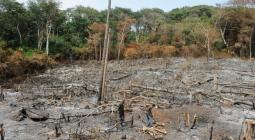Forest Destruction Surged in 2020 Even as Global Economy Slowed.

Destruction of the world’s forests increased last year even as pandemic shutdowns curbed economic growth, adding more pressure on nations and business trying to cut carbon emissions.
Tree loss in the most critical tropical areas increased 12% in 2020 from the prior year, according to data released Wednesday by Global Forest Watch, an initiative led by the World Resources Institute. Tropical losses overall contributed 2.6 billion metric tons of carbon dioxide pollution, or the equivalent of annual emissions from 570 million cars.
The 2020 numbers, the third worst for tree loss since 2002, seal off a year that once carried great hopes for efforts to stop the destruction. The United Nations Secretary General brought diplomats, business leaders and activists together in 2014 for a climate summit, where many would agree to an audacious goal to halve deforestation in just six years. The official failure to meet that goal, or even approach it, comes at a time when overall pressure to reduce CO₂ emissions has increased dramatically.
Dozens of nations, and hundreds of businesses are struggling to cut the impact of emissions from all sources to zero by 2050, in line with scientific guidance aimed at stemming global warming.
Several nations had an outsize influence on tree loss and resulting CO₂ emissions, which are driven by clearing land for production of meat, crops, and wood. Global Forest Watch tracks “tree loss” instead of “deforestation” because the data include both natural and grown forests, and also count losses from fires. Tree loss in Brazil jumped 25% in 2020, and its total of 1.7 million hectares (about 6,600 square miles) was three times larger than the second-biggest contributor, the Democratic Republic of Congo.
The 2020 results have relative bright spots. Indonesia continued its now four-year run of decreasing its forest loss rate. The government stepped up prevention and enforcement activity after terrible fires in 2015. Malaysia, which has lost a fifth of its tree cover in the past two decades, has also seen a declining rate of loss since 2015.
31 March 2021
Bloomberg Green




